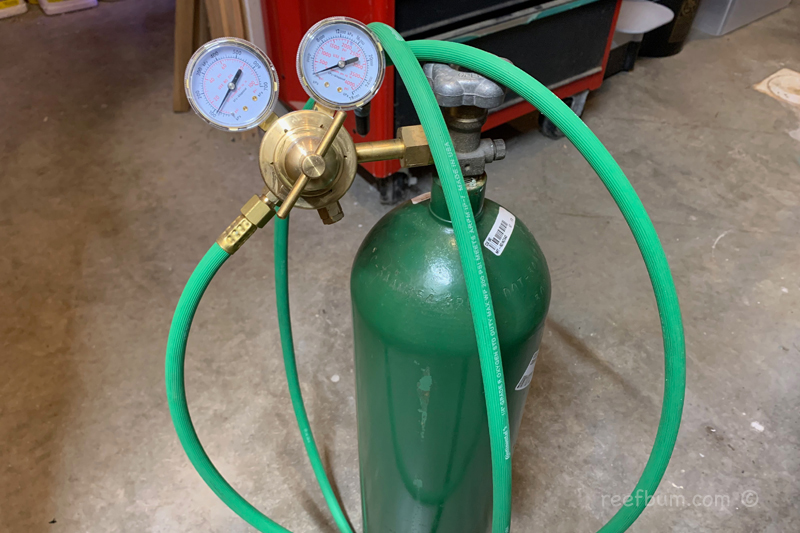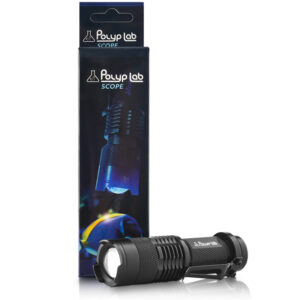Over the years I have shipped a lot of coral frags overnight to customers using either FedEx or UPS. Initially, I used FedEx but I switched to UPS after FedEx screwed up and delivered some packages a day late. Frags are much more prone to die when in transit for two days versus a day.
UPS had been super reliable for me up until the pandemic hit. There were a few instances during the past year when packages didn’t make it the next day and, as a result, some corals didn’t survive. Was this due to labor shortages in the overnight shipping business? Could more extreme weather be part of the problem?
Plan to Overcome Shipping Issues
My solution was to do everything possible to increase the survival rates of my corals if there were any delays. I polled a few coral farming colleagues to see what their best practices are for shipping corals.
Some believe that oxygen can help keep corals alive longer while in transit. It makes sense since corals are animals and require oxygen. Others feel a few pieces of activated carbon in the bag will help reduce mortality rates. The theory here is that activated carbon will help absorb any toxins that may develop due to dying bacteria during shipping delays.
Armed with this information, I decided to do an experiment to see if I should change my shipping methods.
I put three different SPS frags in bags with only tank water (no air). The bags were then sealed up with a plastic bag heat sealer, the method I had been using to this point. Next, I bagged up the same types of frags in bags with tank water and oxygen. I bagged up another set of the same frags using tank water, oxygen and activated carbon.
I put all the bags in the same insulated box and sealed it up with tape. I left the box near my furnace since that location is relatively warm (around 70 degrees Fahrenheit). Temperature is certainly a big factor when shipping corals but for this experiment I wanted to test oxygen and activated carbon as the variables.

Results From Experiment
Over a five-day period I opened the box up daily to check on the corals. What did I learn? Most of the corals that survived the longest had oxygen and activated carbon in the bag.
Well, these findings convinced me to use both oxygen and activated carbon in the future when shipping corals. I did have to spend a decent chunk of change on an oxygen setup and a new bag sealer. But I felt it was a worthwhile investment given the state of the overnight shipping industry.
Additional Resources
If you would like some help with a new tank build, including help designing a custom aquarium, or help re-configuring your current setup then you can visit this page for more information. And if you are looking to add some equipment, I do sell GHL, Pax Bellum, Reef Octopus Calcium and Kalk Reactors and Royal Exclusiv products, including Dreamboxes, which is the equipment I use and recommend. I also sell Reef Brite metal halide and LED fixtures as well as Maxspect & IceCap Gyres.
As for additional insights and information, please explore my many other reef tank and SPS related articles as well as my YouTube channel. For an even deeper dive into reef tank care you can check out my Reef Keeping Master Class. This online course is an immersive and one of a kind educational tool designed to help reef aquarium hobbyists build and maintain a beautiful SPS reef tank. The course is a series of video presentations with some supplemental video from my YouTube channel. There are also quizzes to help students retain and understand the information presented in the course.
Need some frags…..I can help with that as well 










